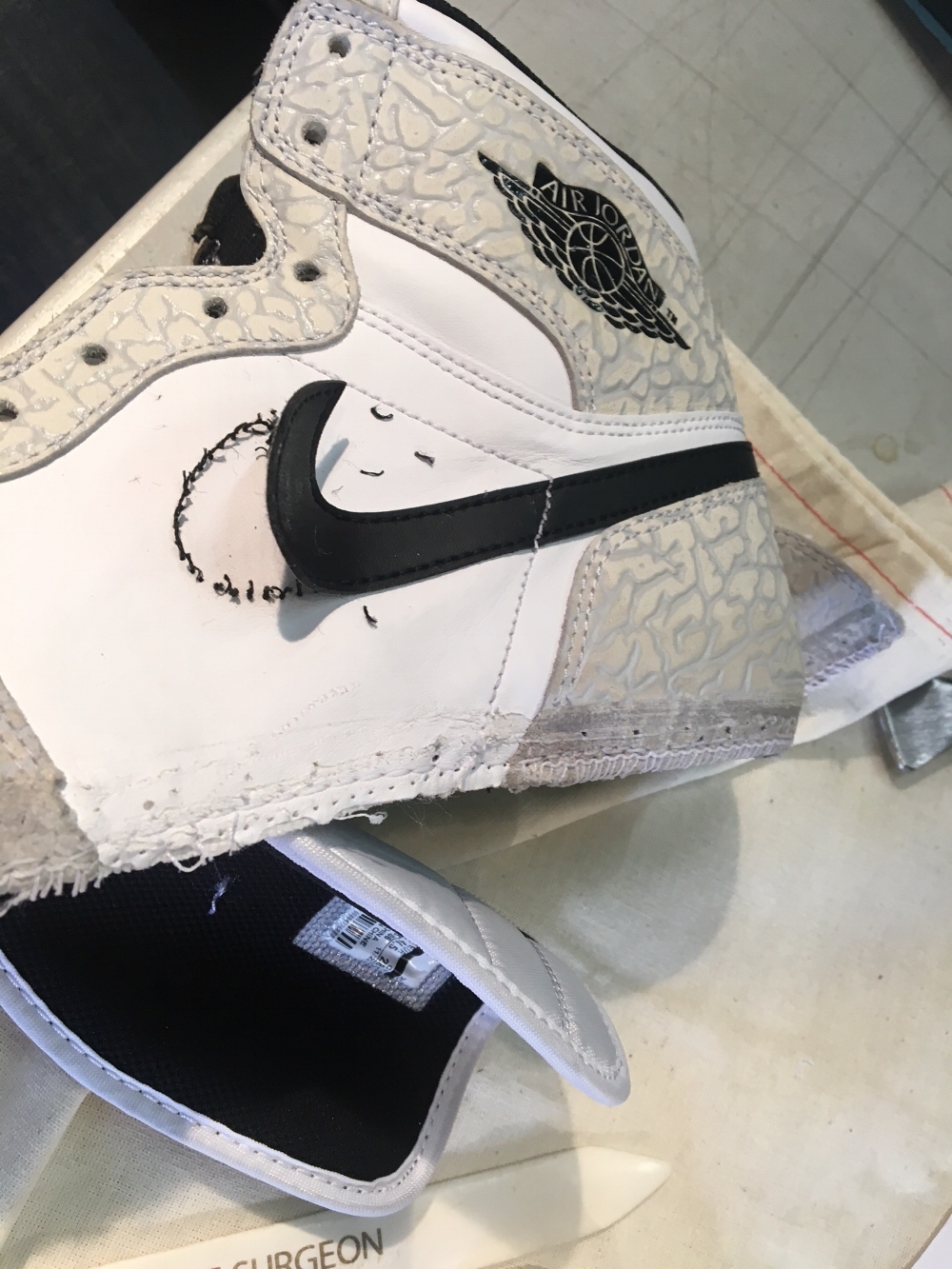The outsole of this Reebok was printed using a technology developed for the automotive industry.
As a first step, this technology can create an outsole pattern without a mold. However, the problems found in traditional footwear manufacturing of adhering the upper to the midsole is still present.
I could see this printing out a full upper if a last is used to help retain the shoe's shape. If the machine could incorporate threads, the upper gets even more strength. The next challenge would be creating a one piece upper/midsole to mechanically attach to the mesh outsole.
Sources
http://www.gameplan-a.com/2016/10/tips-truly-innovate-former-nasa-engineer/











































